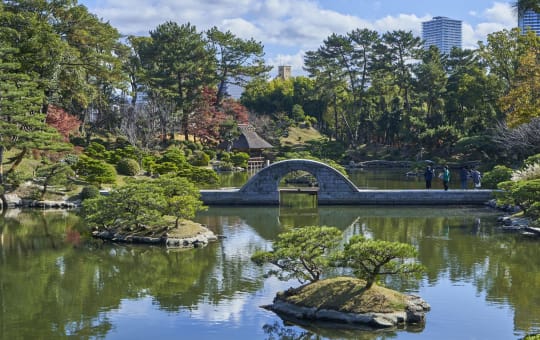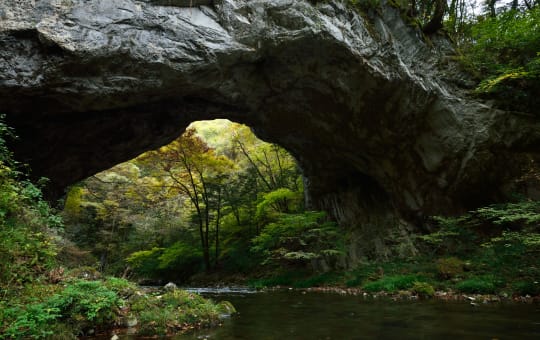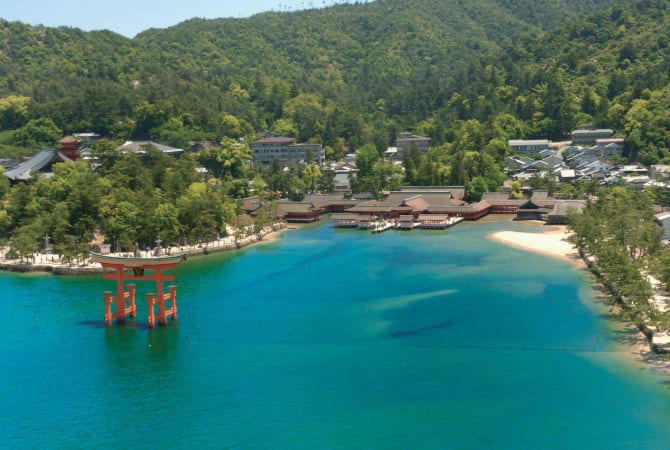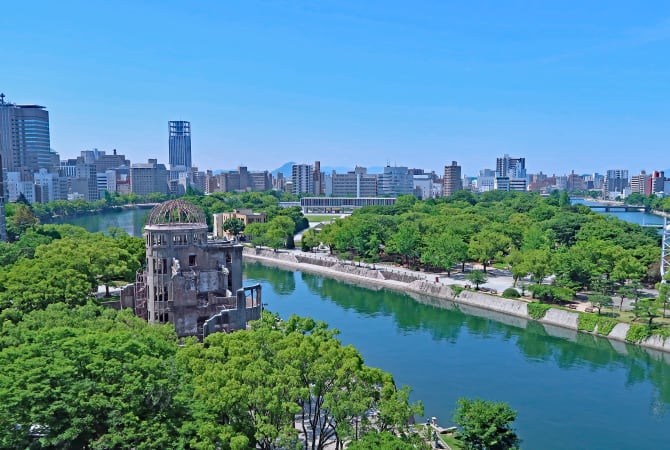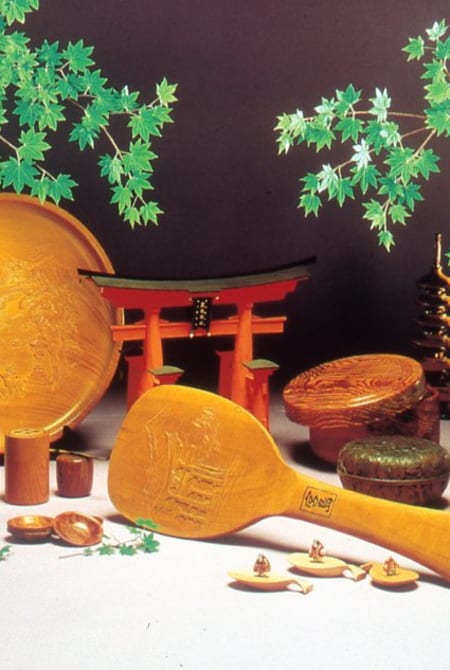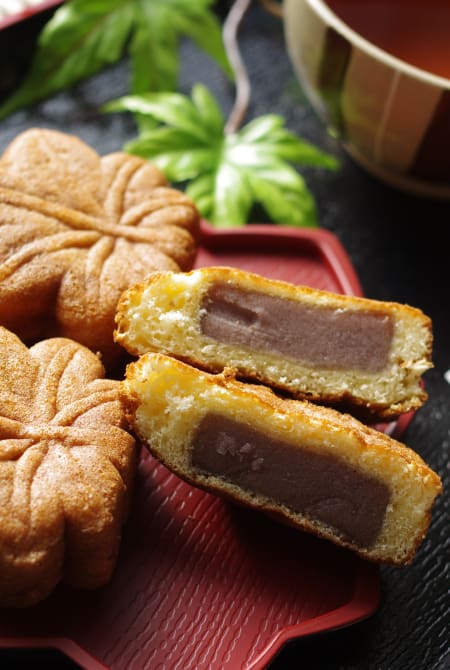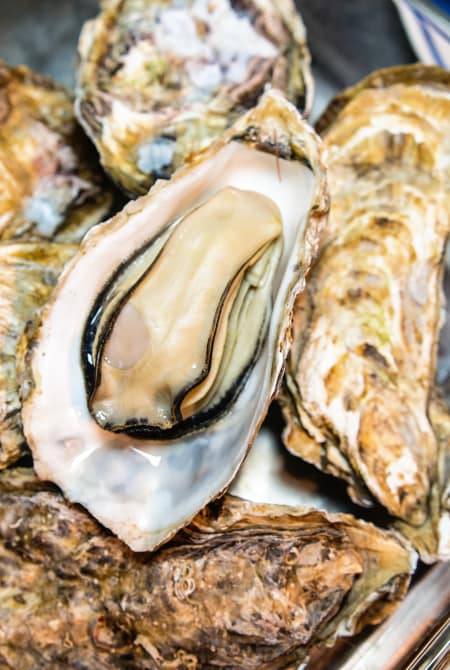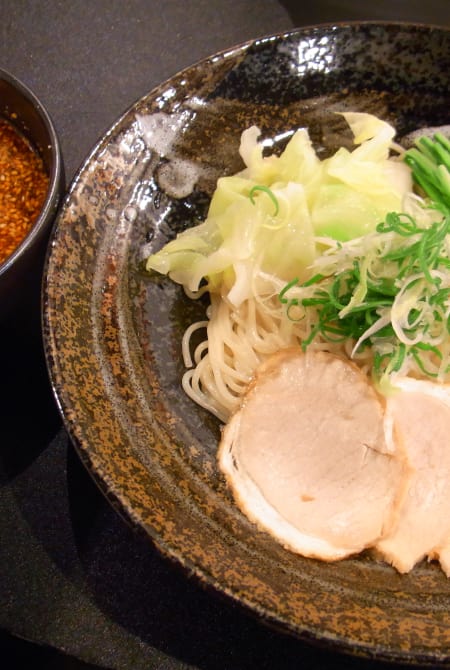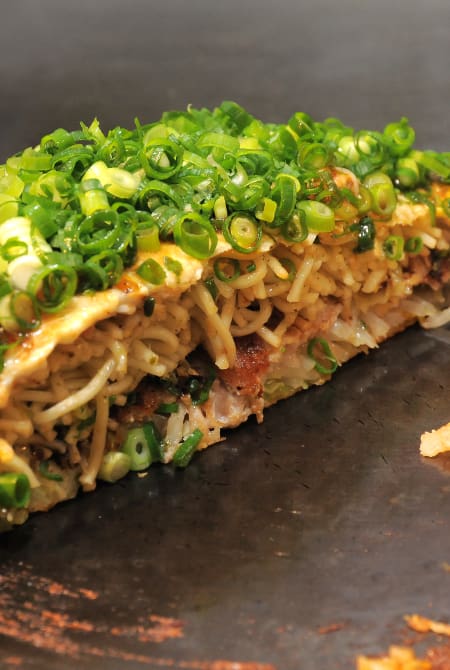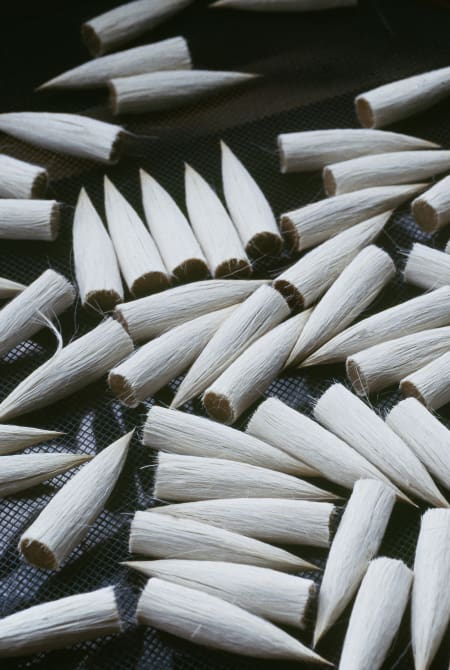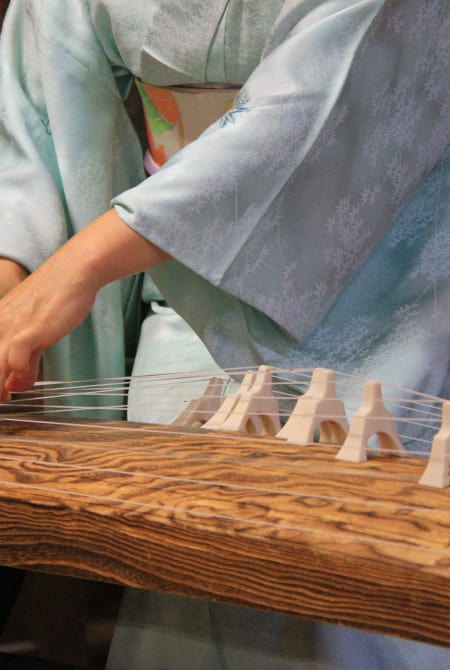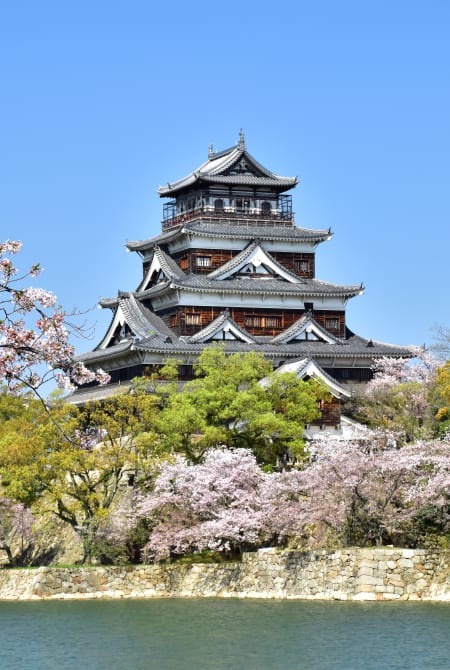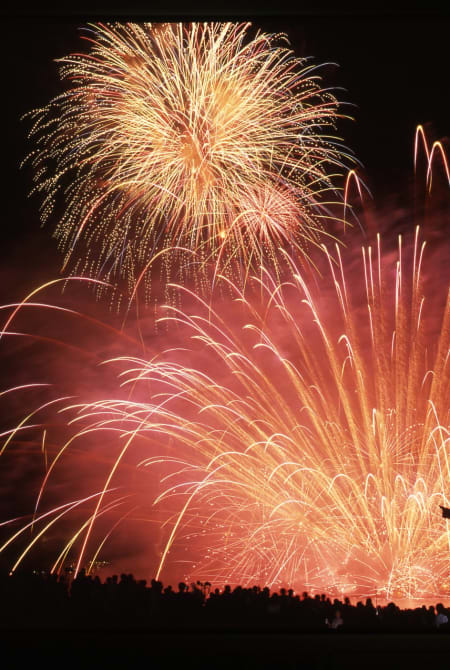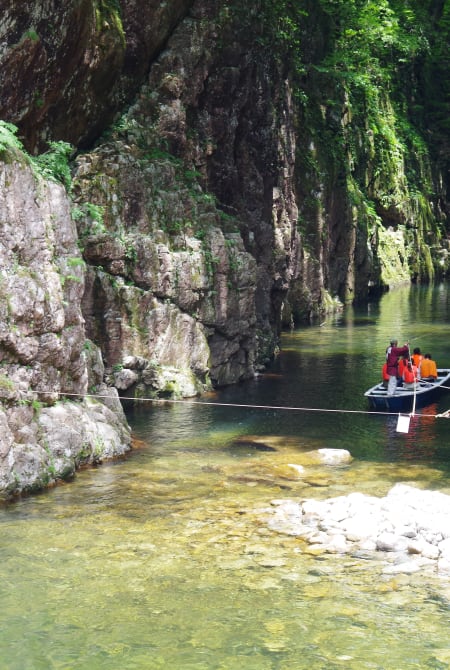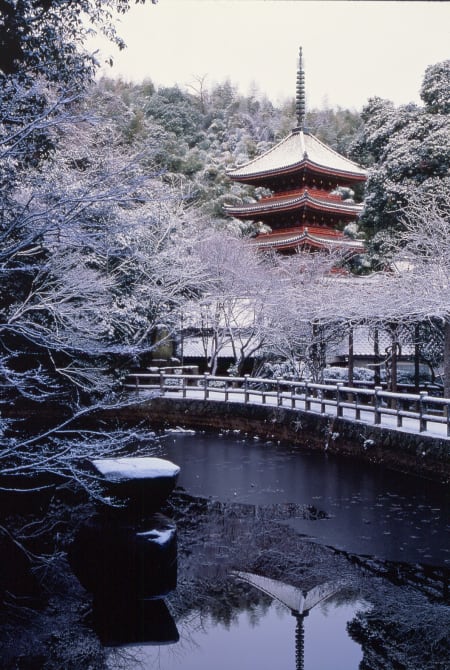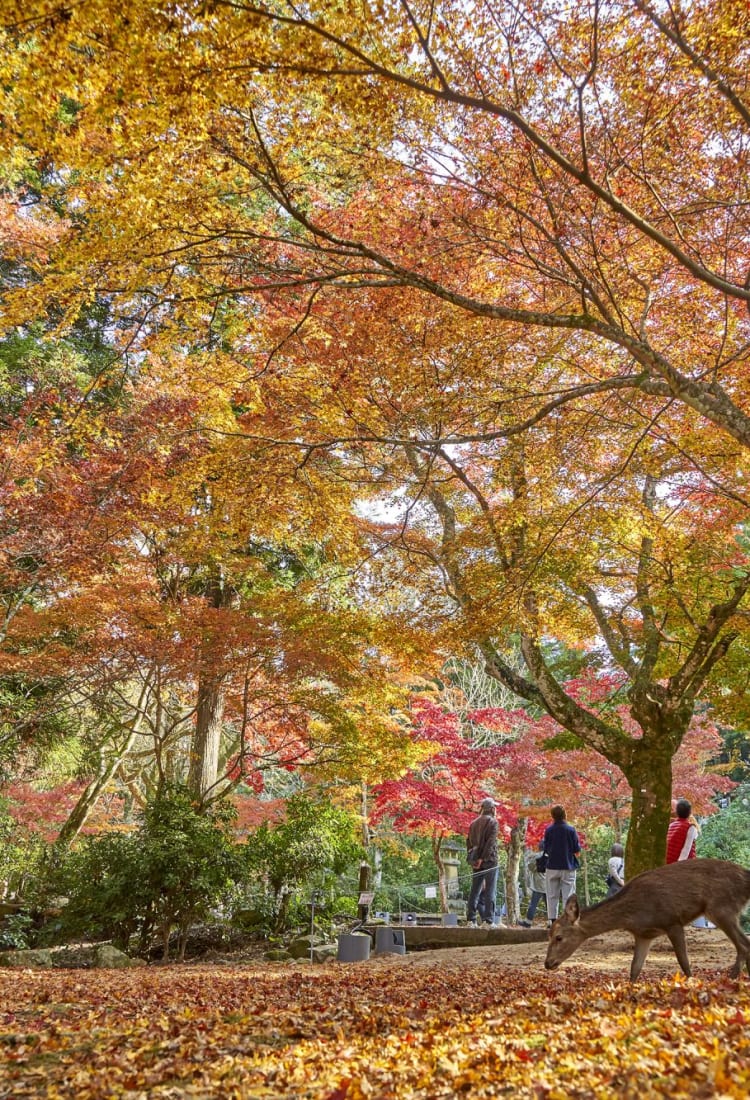

Chugoku Hiroshima A prefecture defined by peace
Hiroshima's natural draws are the Seto Inland Sea, forested mountains and pristine waters. These are additional perks for visitors exploring the prefecture's peace connection, shrines and museums
How to Get There
Hiroshima is easily accessible via the JR Tokaido-Sanyo Shinkansen from Tokyo, Osaka, Nagoya, Kyoto, and Fukuoka in the other direction. It is also served by domestic and international flights to Hiroshima International Airport, local trains from and highway bus services.
Meanwhile, Hiroshima International Airport has direct flights to and from Taipei, Hong Kong, Shanghai, and Dalian. A limousine bus from the airport takes less than an hour to reach the city center.
Don’t Miss
- The memorial Peace Park is home to countless memorials and the iconic Atomic Bomb Dome
- Miyajima with its floating red torii gate that serves as the entrance to Itsukushima
- Takehara, or “Little Kyoto,” with its historic buildings, interesting museums and great sake
- Kure—the city that built the legendary battleship Yamato—and its museum
Explore Hiroshima by Area
Trending Attractions in Hiroshima
Local Specialties
-
Miyajima Woodwork
The island of Miyajima is home to a woodworking tradition that produces turned, hand-carved, ornamental designs. Here you will find a quintessential Japanese tool, a rice scoop, which is popular as a lucky charm that "scoops up fortune." (Photo: Courtesy of Hiroshima Prefecture)

-
Momiji Manju
Made by wrapping sweet bean jam in a dough of castella sponge cake and baking it in a maple leaf-shaped mold. Momiji manju taste of wheat and honey, while the bean jam has a smooth, mellow sweetness.

-
Hiroshima Oysters
Hiroshima serves up some of Japan's biggest oysters, rich and briny and served raw or grilled. A true local specialty is a set meal of rice, miso soup and deep-fried oysters served with tartar sauce.

-
Tsukemen
This deconstructed ramen comes with the noodles and various toppings in a bowl or plate, and the soup in a separate vessel. You dip the noodles and toppings into the piping hot soup before eating.

-
Hiroshima Okonomiyaki
Unlike its Osaka cousin, Hiroshima's take on the savory pancake of sliced cabbage, flour, egg and dashi layers its ingredients rather than mixing them together. It is served on a bed of griddle-cooked noodles. A true Hiroshima comfort food.

-
Kumano Brushes
Kumano is the brush capital of Japan, producing 80 percent of the country's fude. This traditional technique once reserved for making painting and calligraphy brushes now includes luxury makeup brushes.

-
Fukuyama Koto
The Fukuyama koto is the only Japanese instrument designated as a traditional craftwork. These 13-stringed musical instruments are aural and visual works of art, both inside and out.

Seasonal Highlights
-
Spring
Spring brings the cherry blossoms as well as hundreds of thousands of tulips and roses to Hiroshima. This is also the time for the Spring Gourmet Festival, and for the young rabbits on the island of Okunoushima—also known as Rabbit Island—to emerge from their burrows.

-
Summer
Summer festival time is here, including the Mihara Yassa Festival, Obon dancing, and others. The annual memorial event at the Peace Park occurs August 6, starting in the morning and ending with a river filled with glowing paper lanterns. (Photo: Courtesy of Hiroshima Prefecture)

-
Autumn
The leaves change, and in particular the gorges of Sandankyo and Taishakukyo are known for their fiery autumn colors. Get there before the areas close for the winter season.

-
Winter
New Year's celebrations enliven the temples and shrines, and thousands take the ferry to Miyajima to visit Itsukushima Shrine. Hiroshima Dreamination—a decorative illumination event set up along Peace Boulevard—lights up the city. People head for ski slopes and onsen. (Photo: Courtesy of Hiroshima Prefecture)





























































